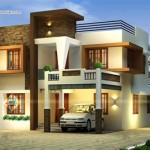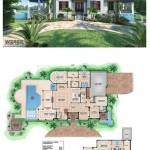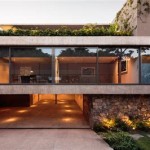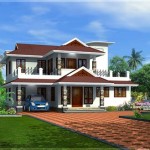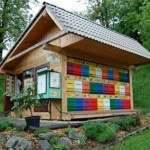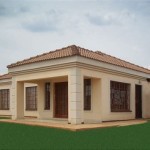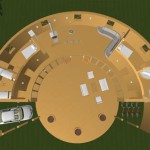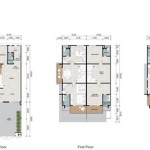Essential Aspects of Log Cabin Homes Floor Plans
Whether you dream of cozying up in a quaint retreat or embracing rustic grandeur, designing your log cabin home requires careful consideration. Floor plans serve as the blueprint for your space, influencing the functionality, comfort, and overall ambiance of your abode. Here are some essential aspects to consider when crafting your log cabin home floor plan:
1. Space Planning:
Determine the number of bedrooms, bathrooms, and common areas you need. Consider whether you prefer an open-concept layout or separate rooms. Plan for ample storage and utility spaces to keep your home clutter-free.
2. Flow and Circulation:
Create a natural flow between rooms, allowing for easy movement and social interactions. Avoid awkward transitions or cramped spaces. Ensure sufficient space for furniture and walkways, especially in high-traffic areas.
3. Natural Light:
Maximize natural light by incorporating large windows and skylights. Place windows strategically to capture stunning views and minimize heat loss. Consider the orientation of your home to optimize sunlight at different times of the day.
4. Lifestyle and Needs:
Your floor plan should reflect your lifestyle and preferences. If you entertain often, design an open-plan living area with a seamless flow to the dining room. Consider a mudroom or laundry room to streamline household tasks.
5. Roof Design:
The roof of a log cabin is not only a structural element but also a significant design feature. Choose a roof pitch that complements the overall style of the cabin and consider the local climate conditions. A steep roof may be necessary in areas with heavy snowfall, while a shallower pitch suits warmer climates.
6. Porches and Patios:
Log cabins often feature charming outdoor living spaces, such as covered porches or open patios. These extensions provide additional space for relaxation, entertainment, and admiring the surrounding nature.
7. Open vs. Enclosed:
Decide whether you prefer an open-concept floor plan or one with separate rooms. Open plans create a sense of spaciousness and foster a more sociable atmosphere, while enclosed rooms offer privacy and coziness.
8. Energy Efficiency:
Incorporate energy-efficient features into your floor plan, such as proper insulation, efficient windows, and a well-designed heating and cooling system. These measures can reduce energy consumption and lower utility bills.
9. Master Suite Sanctuary:
The master suite should be a private retreat with ample space and luxurious amenities. Consider a walk-in closet, a spacious bathroom, and perhaps a private balcony or sitting area.
10. Guest Accommodation:
If your cabin will host guests, plan for dedicated guest rooms with comfortable sleeping arrangements, storage, and access to shared or private bathrooms. Ensure privacy for both guests and the homeowners.

Log Cabin Floor Plans Many To Choose From

Browse Floor Plans For Our Custom Log Cabin Homes House Home

Browse Floor Plans For Our Custom Log Cabin Homes House Home

Cabin Floor Plan Log Home Plans Living House

Grandfathermountainloghomes Com Cabin House Plans Dream Cottage

Log Cabin Floor Plans Kintner Modular Home Builder Pennsylvania Quality Prefab Contractor

Floor Plans Yellowstone Log Homes

Log Cabin Modular Home Kintner Builder Pennsylvania Quality Prefab Contractor

Log Home Floor Plans Engineering Custom Blueprints

No Hay Texto Alternativo Automático Disponible Lake House Plans Craftsman Log Home Floor

